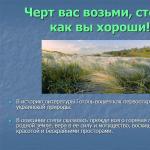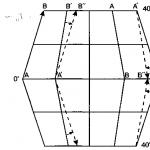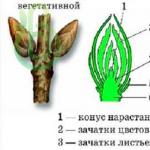castle dwellers
The number of people living in the castle and the relationship between them depended on the functions performed by the castle. We find the smallest number of inhabitants in "private" castles, which served primarily as a place of residence for the owner of the castle and his family. Here we meet only a minimum of servants, the mistress of the castle herself, with the support of one maid, had to do housework while the owner was engaged in management. Most often, castles, including those belonging to ordinary knights, were the center of small estates with estates in several points, which were rarely cultivated independently. Usually, possessions were distributed among a couple of dozen, less often several hundred serfs, who paid taxes in return and performed work. If major construction work was coming, then carpenters and masons were hired, who during this period could also be accommodated on the castle grounds.




Back in the 10th c. we would do it with ease: a woman in a long, wide dress, a man in a knee-length dress, below the pants - a kind of medium-length linen pantaloons, "trousers", the so-called stockings, are tied to them, stockings are worn on the feet. Differences in the clothes of the nobility and peasants are manifested more in quality than in cut.
Only in the 11th century women's fashion is on the move. The sleeves have become wider and longer, the belt gently shows the figure, the refined and increasingly tapering cut emphasizes the volume of the chest.
Men's fashion adjusted, The length of the underwear and caftan grew after 1100 and eventually also reached the floor. Around 1300, a practical knee-length dress was worn by servants and peasants, as well as knights in everyday life. Men's caftans differed from women's caftans in front and back, which made riding easier.
In the 13th century in France and Spain, already then the centers of Western fashion, the first worldly laws against luxury in clothing were issued. They regulated the luxury of clothing at court, in particular, by establishing how much caftans should be decorated with fur. It was only in Central Europe that the clothing laws were directed against the peasants and prescribed them a simple dress, naturally only in brown, blue and black tones. On the contrary, the nobility loved colorful, light colors and combined green with red, yellow with blue.
annual cycle
"Every day you need to take care and worry about tomorrow, be on the move all the time, all the time in anxiety. Here a field must be dug up and again dug up, something must be done in the vineyard. Trees must be planted, meadows must be irrigated, stones must be cultivated on one piece of land , sow, fertilize, gather ears, grind; now it's harvest time, now grape harvest again. Knight's everyday life clearly depends on the laws of nature and agriculture. Both the individual knight and the entire medieval society as a whole depended on the harvest in agriculture, where 90% of the population worked.
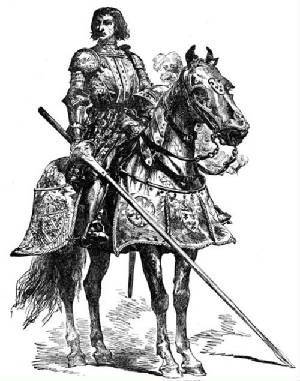
A knight could only fight if his peasants and the harvest in his allotment could feed him. So I had to look back at agricultural needs all the time - and this manifested itself with the change of seasons.
Summer
"Now it's harvest time, so the war will have to wait." Although summer was a good time for fighting - the days are long, food for the horses is at hand, the troops can spend the night in the open. Rivers with their low water level are easy to overcome, the roads, although dusty, are passable. For feuds, "small wars", summer was even the most suitable time: the enemy had not yet harvested, and therefore could not hope to withstand a long siege. The destruction of the harvest of such crops as grapes, vegetables on the vine should deal a particularly heavy blow to it, since there is little time to re-plant and grow crops again before winter. But as a rule, they still did not wage war or strife, but stayed at home, guarded their crops, ground, stored and enjoyed long warm evenings in the castle.
Autumn
The harvest is harvested, the warehouses are filled. Pets that have grown over the summer have to be slaughtered, as there are not enough supplies for them. On a fixed day, most often at St. Martin (November 11), peasants deliver dues. On sloping fields, you can arrange luxury hunting. The end of summer and the beginning of autumn were the traditional time for battles. The days became less hot, the roads less dusty. Without difficulty, it was possible to feed large masses of troops with their own, or better with a captured crop. Large knightly battles with many participants took place most often from the end of August to the end of September
Winter
In November, the time convenient for travel ended, the rains washed away the roads, the rivers overflowed and became impassable. As a rule, the fighting subsided, compromises were sought, unless, of course, the uprisings did not require intervention. Sometimes the cold had merit, for the frozen roads were passable for heavy wagons and horsemen, and the ice-covered rivers and swamps were no longer an obstacle. Those who waged war in winter ensured the element of surprise. As a rule, however, they spent the winter at home, finally staying with their wife and children. They sat closely next to each other, since only a few rooms of the castle or the manor house were heated. We talked, board games and dice added variety.
Spring
In the end, all the words were spoken and the games played, in damp, cold castles they were looking forward to spring. The roads had only thawed out, were swampy and impassable, and there was still not enough pasture for the horses.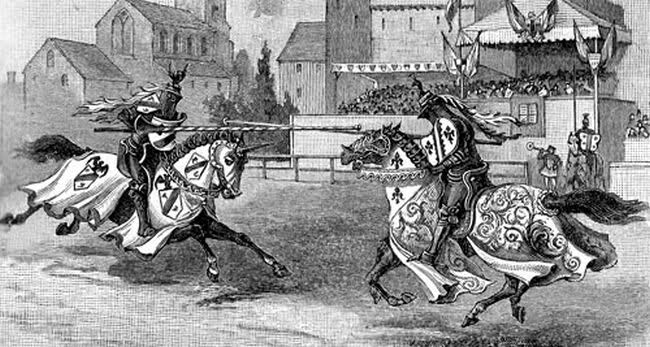
From Easter began the best time of the knight, who, preparing for war or strife, took part in tournaments and multi-day hunts. On Trinity, the year reached its peak with court events, weddings, festive gatherings with music, dancing, festive food. This could be followed by a spring company, a feud. Then, however, the knight returned to his castle or court to take care of the harvest.

